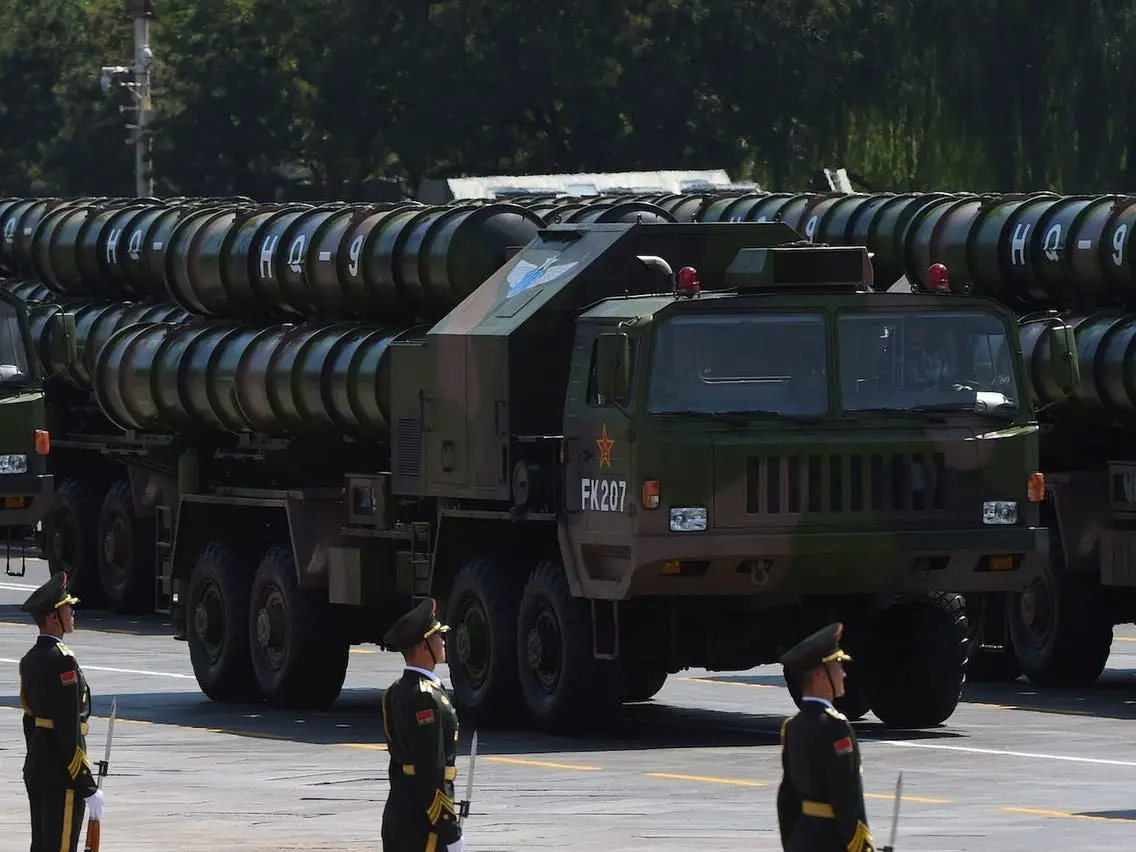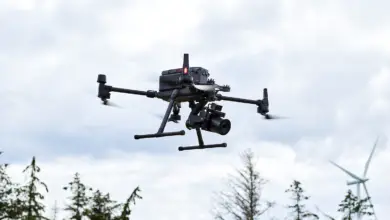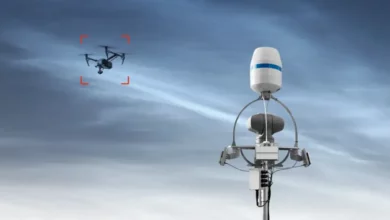China Puts Upgraded HQ-9 Missile System to ‘Extreme Test’
The system is considered one of the world’s most advanced surface-to-air missile systems.
The Chinese air force has put an upgraded version of its HQ-9 air-defense missile systems to an extreme test in unfamiliar terrain, according to Chinese state media CCTV.
The outlet stated that a ground-to-air missile brigade of the People’s Liberation Army Air Force (PLAAF) was deployed 500 kilometers (310 miles) into unfamiliar territory during an exercise. The brigade struck four target drones with four shots using the enhanced HQ-9.
“[We] want to learn how to protect and maintain the new weapon system under rugged surroundings, as well as to better camouflage it and … try all efforts to fulfil our task,” PLAAF commander Du Tao said.
The exercises were reportedly conducted with stealth and the type of missile used was not revealed. Du said the drill tested a new air-defense missile system “under dark, cold, sandy and other extreme conditions,” indicating that the system being tested was “likely to have been the upgraded HQ-9B system,” South China Morning Post reported.
About the HQ-9B
The HQ-9B is a variant of the HQ-9, a medium to long-range, active radar homing surface-to-air missile.
The armament can intercept airborne targets, such as supersonic aircraft, helicopter cruise missiles, and drones at ranges of up to 250km (155 mi) and altitudes of up to 30,000 meters (19 mi). The system is considered one of the world’s most advanced surface-to-air missile systems.
In a move that allows Beijing to further project its power in the South China Sea, the variant was deployed on Fiery Cross Reef, Subi Reef, and Mischief Reef in the Spratly Islands.
The deployment was considered a message that China is “capable of defending its territorial claims to these islands and reefs,” deputy editor of online defense publication Jane’s Intelligence Review, Neil Ashdown, said in an 2016 interview with German outlet Deutsche Welle.











